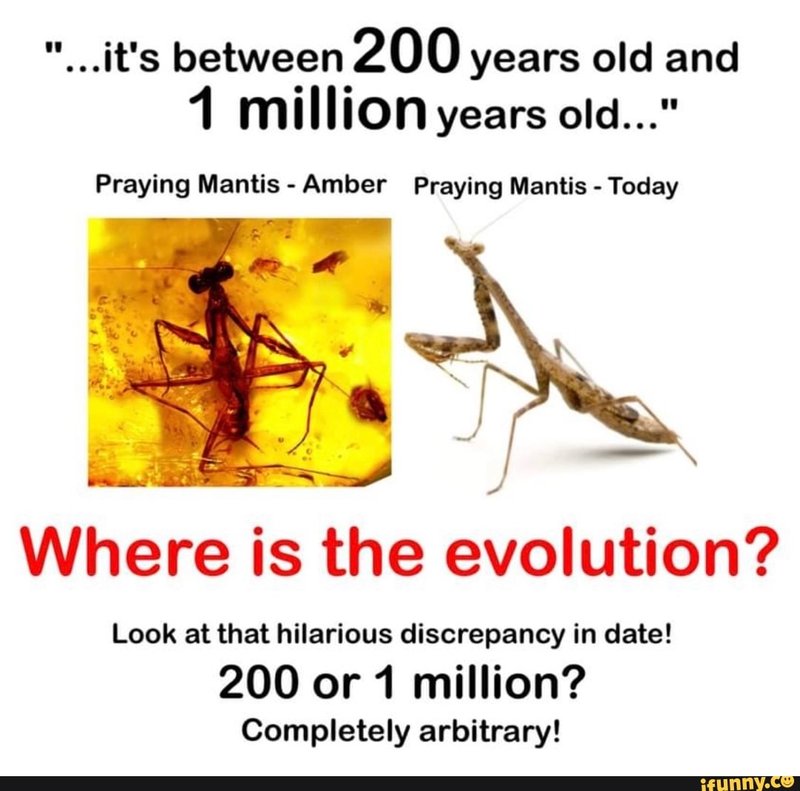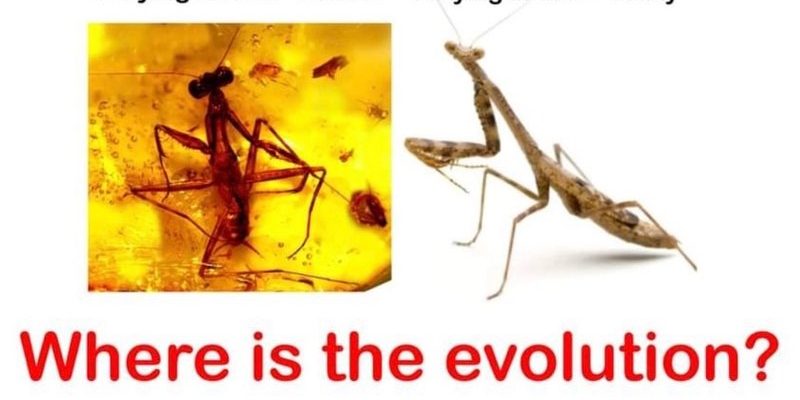
Praying mantises belong to the order Mantodea, which has been around for millions of years. They’re not just an astonishing part of our ecosystem; they offer a glimpse into the intricate tapestry of life on Earth. So, what’s the story behind these remarkable insects? Let’s dig into the evolution and history of the praying mantis and discover how they became the intriguing predators we know today.
What Are Praying Mantises?
Before we dive into their history, it’s good to understand what praying mantises actually are. These insects typically have a stocky, triangular head and long, grasping forelegs that they use to catch their prey. The name “praying mantis” comes from the way they hold their front legs, which often looks like they’re in a prayer position.
There are over 2,400 species of mantises worldwide, and they can be found in various environments—from lush jungles to suburban gardens. They usually thrive in warmer climates, as they prefer areas with ample vegetation where they can camouflage themselves. This ability to blend in with their surroundings is a key element in their hunting strategy, making them stealthy predators.
The Origins of Mantodea
Praying mantises can trace their roots back to the late Cretaceous period, around 100 million years ago. That’s a long time! Fossils from this era show that early mantises bore a striking resemblance to the ones we see today. Their long, skinny bodies and predatory nature have been a successful formula for survival.
Interestingly, mantises are believed to be closely related to cockroaches and termites. This connection makes sense when you consider their shared traits, such as their specialized mouthparts and reproductive behaviors. It’s fascinating to think about how these seemingly different insects share a common ancestor. The evolutionary journey of mantises is a testament to the adaptability of life on Earth.
Physical Adaptations Over Time
Throughout their long history, praying mantises have developed specific physical adaptations that have helped them become effective predators. For instance, their unique triangle-shaped heads allow for a wide field of vision, enabling them to detect movement from various angles. This is crucial when they’re hunting for prey, which often consists of insects like flies, crickets, and even other mantises.
Another vital adaptation is their ability to camouflage. Many species have evolved coloration and patterns that blend seamlessly with their environments, be it green leaves or brown bark. This not only helps them avoid predators but also makes them more effective hunters. When a mantis is practically invisible, it can ambush its unsuspecting prey with lightning speed.
The structure of their forelegs is also advanced. These long, spiny limbs are designed for catching and holding onto prey securely. Some species even have a specialized mechanism that allows them to strike with incredible speed; it’s like watching a slow-motion action movie where the hero is always just a second away from victory.
Mating and Reproductive Behavior
One of the most intriguing aspects of praying mantises is their mating behavior. You might have heard of the infamous phenomenon where the female mantis sometimes eats the male after mating. This behavior, called sexual cannibalism, has baffled scientists for years. While it sounds gruesome, this act might provide nutritional benefits to the female, helping her produce healthier offspring.
Mating usually occurs in late summer when conditions are perfect. The male approaches the female cautiously to avoid becoming her next meal. Once they mate, the female lays her eggs in a protective case known as an ootheca, which can contain dozens of fertilized eggs. This ensures that when warmer weather arrives, the next generation of mantises will emerge, ready to continue the cycle.
The dynamics of their reproduction highlight the sometimes harsh realities of nature. It’s a dramatic reminder that survival often requires sacrifice, even among those we might find charming.
Praying Mantises in Culture
Praying mantises don’t just exist in the wilderness; they’ve also found their way into various cultures around the world. In many places, they’re seen as symbols of patience and calmness due to their still hunting posture. Some cultures even regard them as good luck or as spiritual protectors.
For example, in China, the mantis has been featured in art and literature, celebrated for its delicate beauty and fierce predatory skills. Similarly, in some African cultures, there are stories that highlight the mantis’s wisdom and its role as a guide for humans. These cultural ties reflect how deeply intertwined humans and mantises are, transcending mere biological interest.
The Role of Praying Mantises in the Ecosystem
Praying mantises play a pivotal role in maintaining balance in ecosystems. As predators, they help control the populations of various insects, including pests that can damage crops or spread diseases. When they thrive, they help create a healthier environment for plants, other animals, and us humans.
Without mantises, we could see an increase in pest populations, leading to greater use of pesticides. This is where mantises become not just fascinating creatures to observe but also vital components of sustainable agriculture and natural pest control. By understanding their role in the ecosystem, we can appreciate them even more.
Conservation and Future of Praying Mantises
Despite their important role, some mantis species face threats due to habitat loss and climate change. Urbanization has led to the destruction of their natural habitats, leaving many species vulnerable. Conservation efforts are crucial to ensure that these remarkable insects continue to thrive.
You can help by creating mantis-friendly environments in your own backyard. Planting native plants and avoiding pesticides can provide safe habitats for these creatures. Every little action counts, and by nurturing their populations, we can support the greater ecological balance.
Final Thoughts on Praying Mantises
The evolution and history of the praying mantis is a captivating journey. From their ancient ancestors to their present-day adaptations, these insects have proven to be survivors in a constantly changing world. Their unique behaviors, roles in the ecosystem, and cultural significance make them more than just curious little predators; they are vital components of our planet’s biodiversity.
As you continue to observe these fascinating creatures, take a moment to appreciate their place in the complex web of life. Whether you’re spotting one in your garden or reading about them in a book, the story of the praying mantis is one of resilience, beauty, and an ongoing adventure through time.

